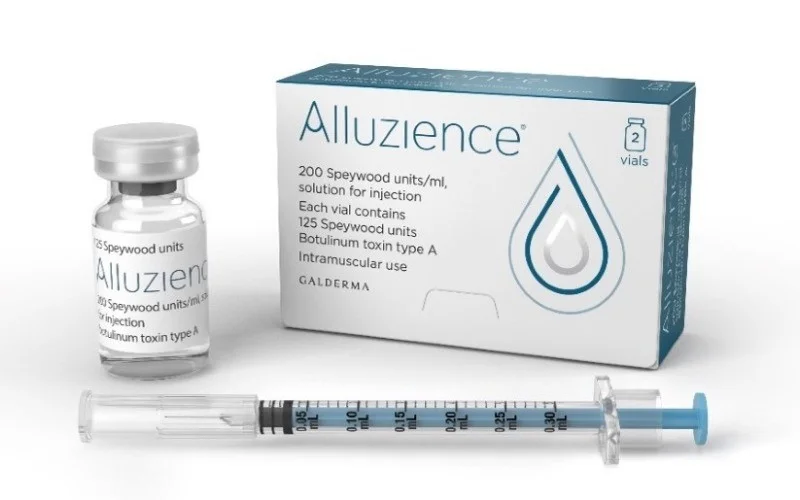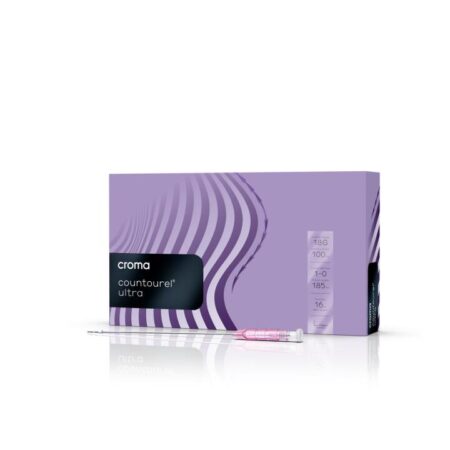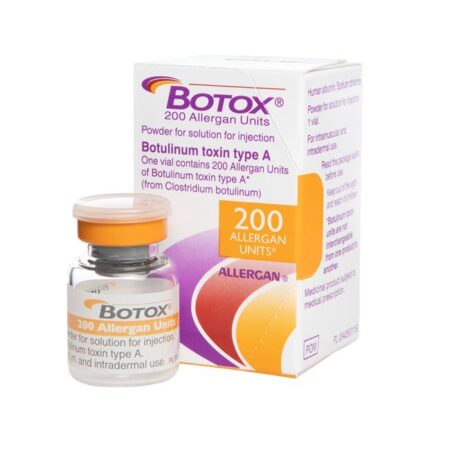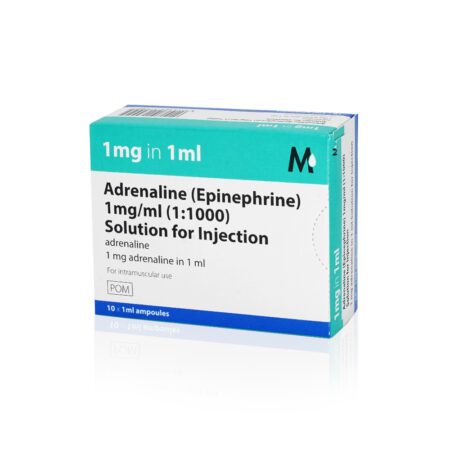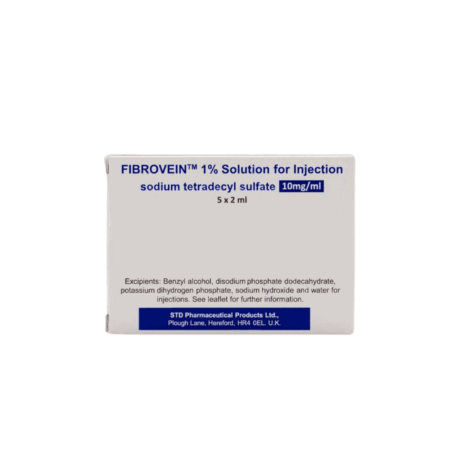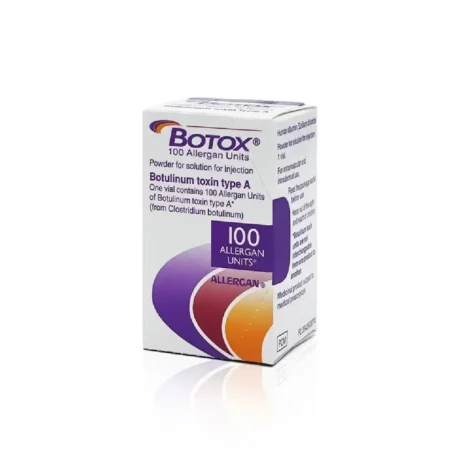Common Uses
While the primary licensed indication is glabellar lines (frown lines), experienced practitioners often apply it—at their discretion and within safety guidelines—for:
-
Lateral canthal lines (crow’s feet)
-
Forehead lines
-
Bunny lines (nasal lines)
-
Brow lift / lateral brow elevation
-
Platysmal bands (neck)
-
Masseter reduction (subject to dose and anatomical suitability)
How It Works
-
Injection — Administered intramuscularly into the target muscle(s).
-
Binding & uptake — The toxin binds selectively to presynaptic cholinergic nerve terminals.
-
SNARE protein blockade — It cleaves SNARE proteins necessary for vesicle fusion, preventing acetylcholine release.
-
Temporary muscle relaxation — This reduces involuntary muscle contractions, softening dynamic wrinkles over time.
-
Gradual reversal — Nerve terminals regenerate and muscle function returns, necessitating re-treatment every ~12 weeks.
Because Alluziance is pre-diluted, the concentration is consistent and requires no calculation, helping reduce treatment variation and improving safety

